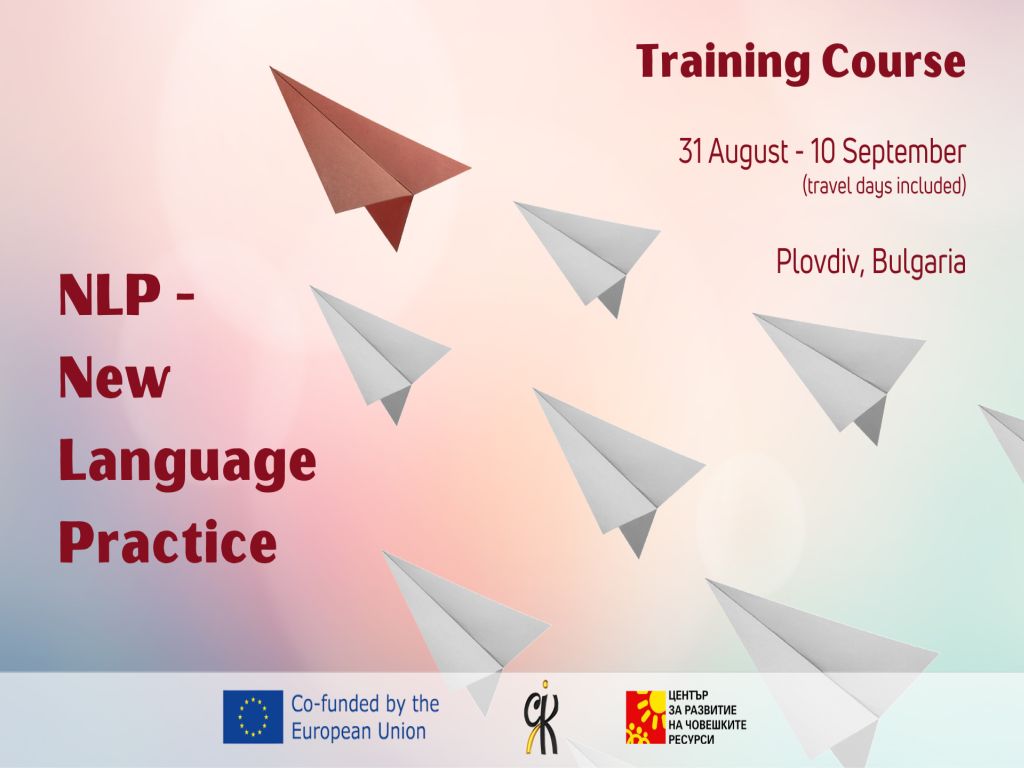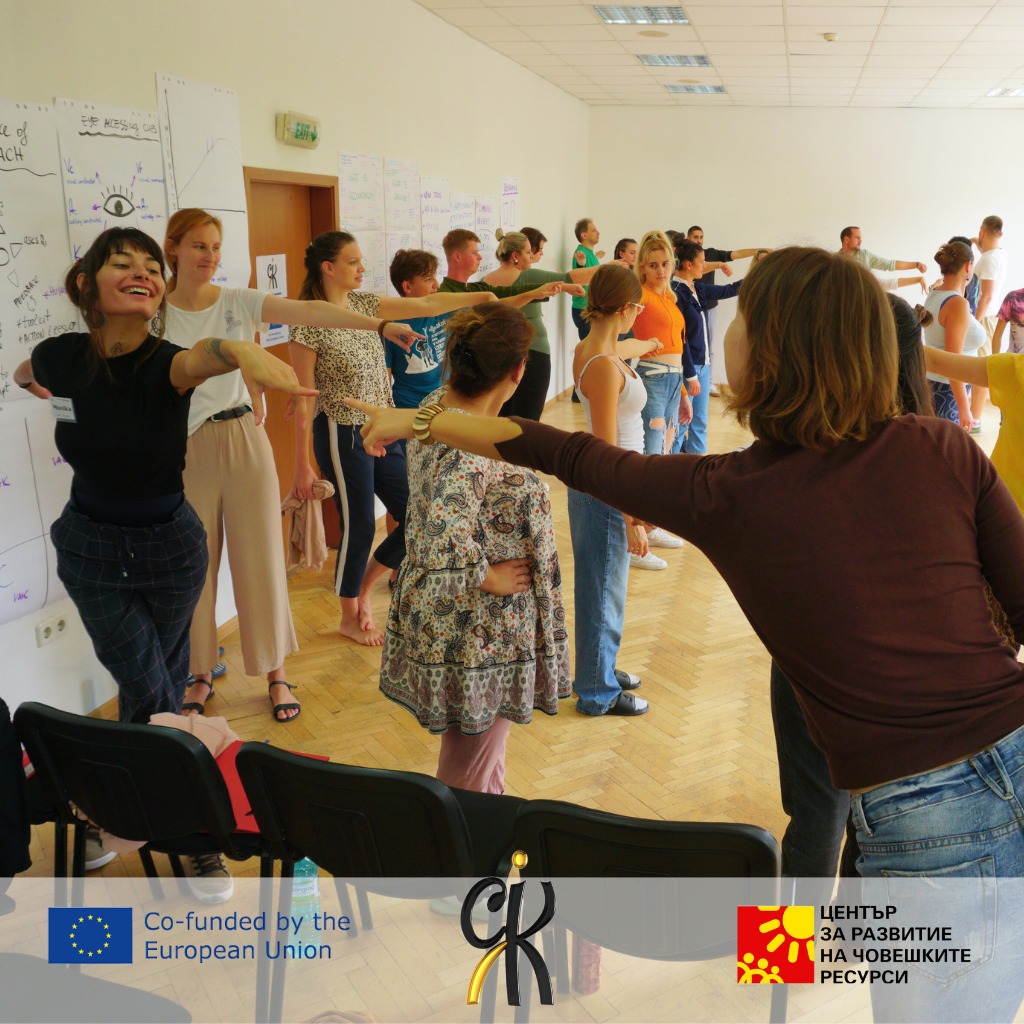Тraining in Plovdiv on NLP: Unlocking the Potential of the Mind
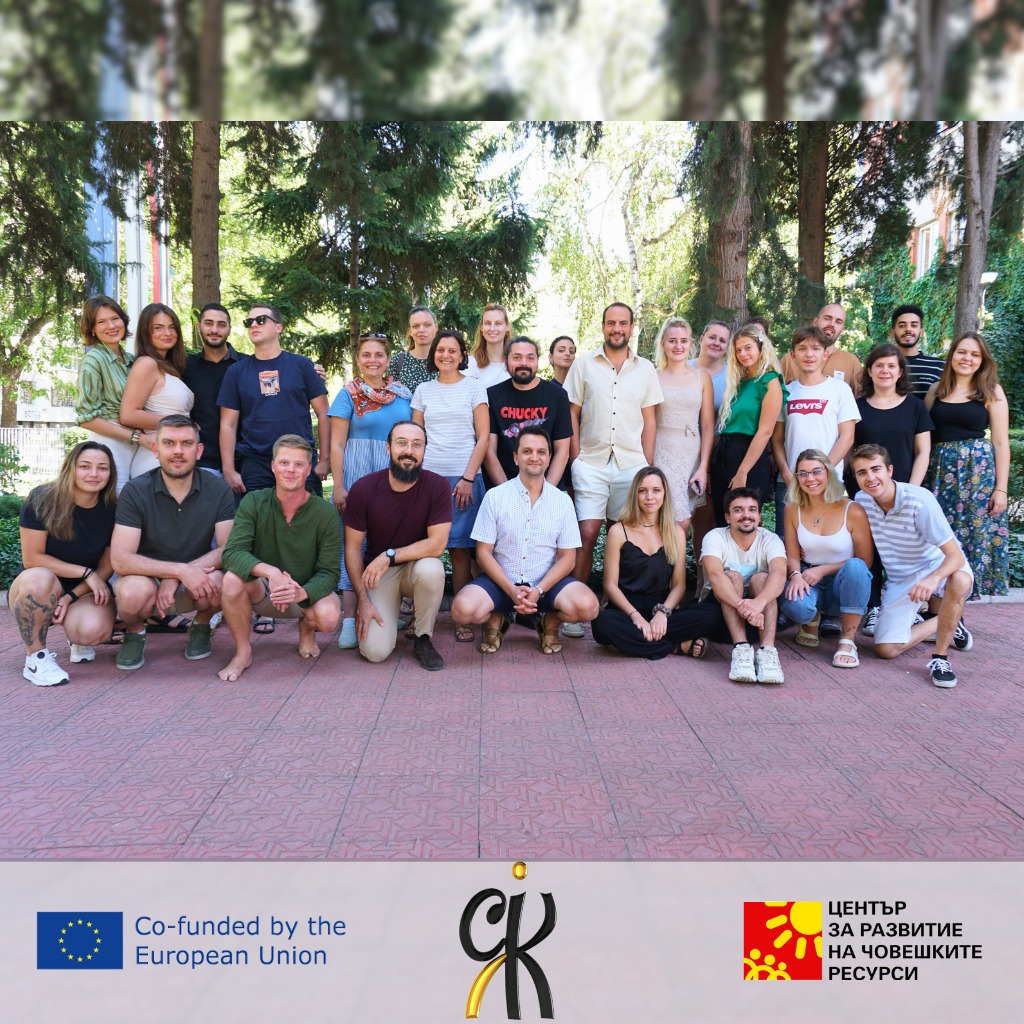
By Jove Krsteski
It is known that Neuro-Linguistic Programming (NLP) is a methodology that investigates the dynamic relationship between language, neurological processes, and behavioral patterns. It is a versatile approach that offers understanding of human behavior, communication, and personal development and also practical techniques for enhancing personal growth, improving communication, and bringing positive change by understanding connections between thought patterns, language use, and the subjective experience of the person. From 31 August to 10 September 2023 in PLovdiv, Bulgaria was held a training course named “NLP – New Language Practice” that was based on Neuro-Linguistic Programming exercises. It was organized by Kibela Association in cooperation with Smokinya Foundation and Human Resources Development Center from Bulgaria, and was co-funded by the European Union. In this training there were participants from Bulgaria, Spain, Serbia, Poland, Macedonia, Latvia, Italy, Hungary, Greece, France, Estonia and Czechia.
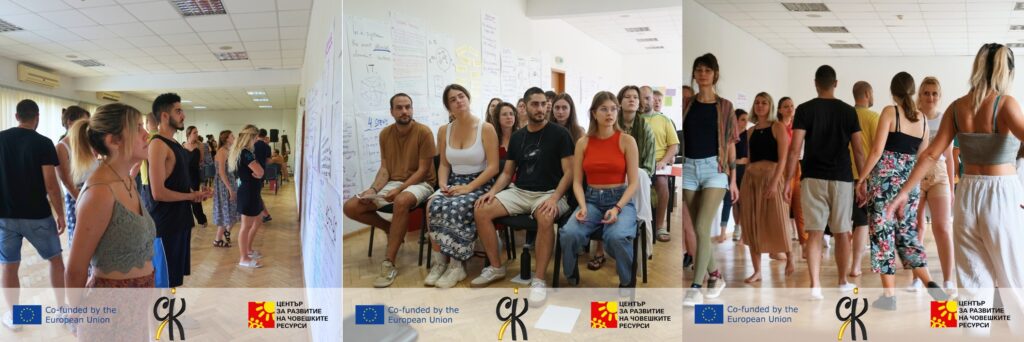
If we recapitulate what we got from this training, we can say that much of the basics in the NLP theory practice was broadly elaborated, and we had a lot more time to work with the practical exercises that were given to us. Speaking more concretely, in the theoretical part, we went through the basic meta-model of NLP (as explained by Bandler and Grinder, 1975) and then we elaborated it more with the “third generation model” of interlinking between physiological cues, language and cognitive characteristics. We had a chance to briefly familiarize ourselves with the 5 “R” in a setting (the Resources we have and use as an input in the ‘situation’, then the Roles that are played, the Relationships that are happening, the Rules that need to be followed in order this to be a proper ‘situation’ and at the end, as output the Results). In this manner, certain roles we need to know are the ones that are part of the learning trio of ABC, where “A” is talking/sharing, “B” is learning/listening and “C” is observing/observer. Once a ‘setting’ is established, the main philosophy of everything is that whatever we observe, our interpretation of it is something different (this is also elaborated as the ‘event’ vs. ‘story’ difference in any given situation). This was brought to us alongside the main NLP idea that the “map is not the territory”. The most interesting input here was the fact that “the most flexible part of any system is usually the part that controls it”. Calibration of our input/output was also mentioned, calibration of what we bring to a situation as well as what we take, or recieve. This was recapitulated after a few days as points of observation that the theory gives (see flipchart). The representational systems of the personality were also elaborated (the Visual, Auditory, Kinestetic were mentioned in “NLP Volume 1” from Dilts, Binder, Grinder and DeLoiter from 1980, but also the Digital was included later in the training.) The eye accessing cues viewpoint was also mentioned. From the more psychological standpoint was the schema presented of how unconscious/ unconscious can be seen in relation to what competency and incompetence are, and alongside with this, the “presuppositions” were elaborated regarding the information that is implicit in a communication that is happening in a setting.
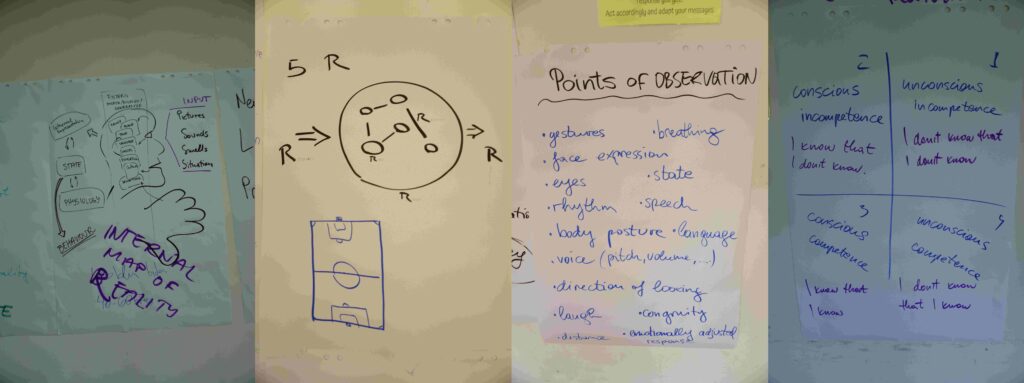
Next part of the training was exploration of what the proper attitude of a coach should be, as well as the competences he has to have (see flipcharts), around which a discussion was held. After that, the training offered us a lot of space to practice. We formed trios and had a chance to see and later on experiment with several practical tools. Several conversational techniques were offered for practice (backtracking, lazy coach, reflection on feeling, shooting from the hip) that are used during dialog and help facilitate certain objectivity. Then, we familiarised ourselves with the “hoponopono technique”. Also, we had a specific instructor that gave the opportunity for us to practice our voice, tone and verbal expressions. With this, the whole VAK representation in the participants was satisfied, since we used a lot of schematics in flipcharts for explanation – for the Visuals, this with voice training – for Auditory, and the whole set of dedicated space and time for practice was – for the Kinestetics/ Digital ones. And of course, the more typical practicalities for NLP were also present; the rapport, the anchoring and the reframing approaches. It was also explained how we can use a timeline as a technique for elaborating on personal issues, and also one of the participants offered technique for working with our personal limiting beliefs.
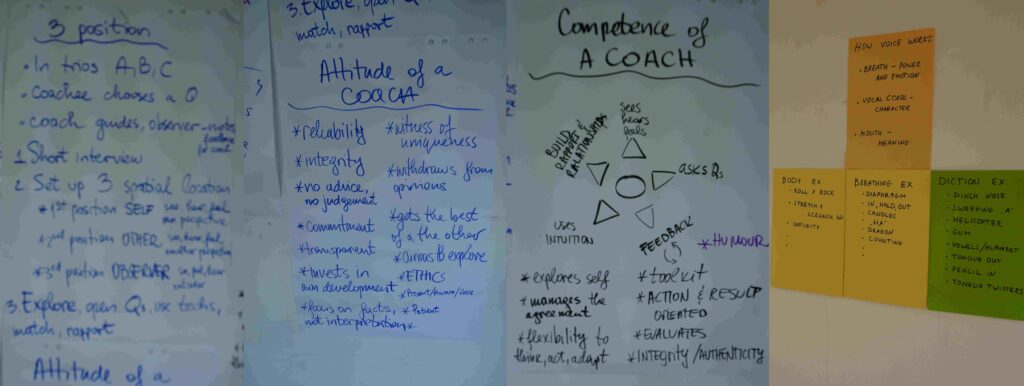
Neuro-Linguistic Programming offers a treasure trove of practices and techniques for enhancing communication, managing emotions, and transforming one’s perspective on life. Many of the NLP practices empower individuals to connect more deeply with others, take charge of their emotional responses, and break free from limiting beliefs. By incorporating these practices into their lives, individuals can embark on a journey of personal growth, self-discovery, and improved relationships, ultimately unleashing their full potential. This is true and useful in a psycho-therapeutic context, but also in the field of youthwork. Many of the techniques can be modified to serve as tools for empowering youth workers. It certainly helped me to learn more and become more aware of the usefulness of the conversational techniques and the benefit they have regarding the mutual working context between youthworkers and young people, especially if we have in mind that young age is the age of personal development. All techniques that bring more clarification INTO CONVERSATION are of benefit. But also, this training brought together so many participants from different ages and life experiences, a mix that was so beneficial and added more to the group learning experience we all had. I felt satisfied at the end and enjoyed this learning experience, which helped me to see how useful all of these techniques can be for working with young people.
